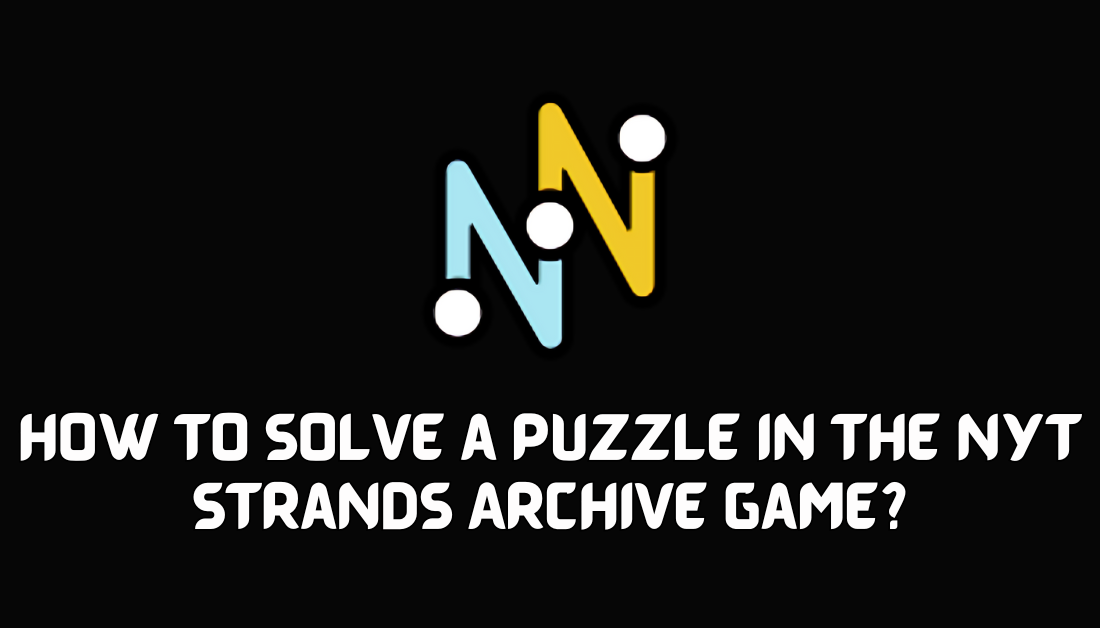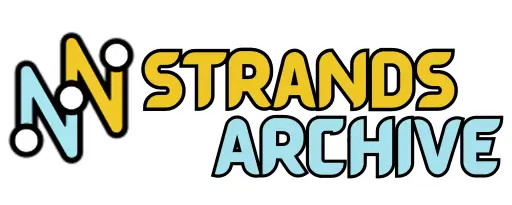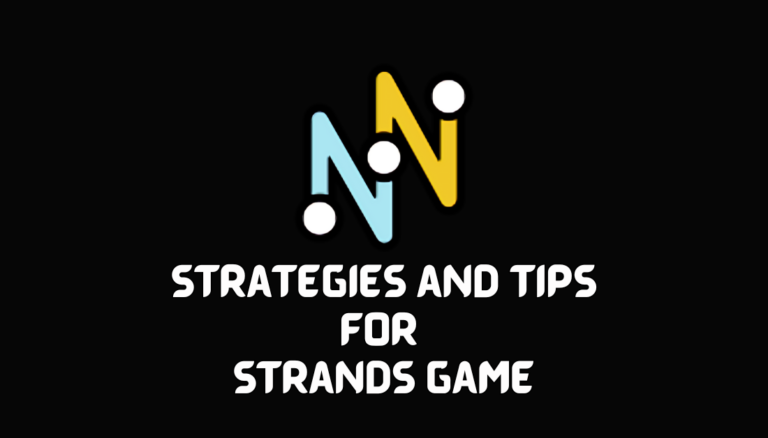How To Solve a Puzzle in the NYT Strands Archive Game?
The New York Times Strands Archive Game offers a treasure trove of past puzzles that challenge both your vocabulary and your strategic thinking. Solving a puzzle from the Strands archive not only provides a fun and engaging way to pass the time but also helps enhance your problem-solving skills and linguistic knowledge. Here’s a detailed guide on how to approach and solve a puzzle in the NYT Strands Archive Game.

Understanding the Game Layout
Each Strands puzzle presents a 6×8 grid filled with letters. Your objective is to form words that are connected by a common theme, which is hinted at but not explicitly given. The centerpiece of each puzzle is the “spangram,” a word that stretches from one side of the grid to the opposite side and embodies the theme of the puzzle.
Start With the Spangram
Begin by identifying the spangram, as it will guide you in understanding the theme and finding other related words. The spangram is crucial because it not only offers the largest number of letters but also connects two opposite sides of the grid, providing clues about the theme.
Explore Possible Themes
Once you identify the spangram, use it to deduce the possible themes of the puzzle. For example, if the spangram is “butterfly,” the theme might be insects or things that fly. Understanding the theme is pivotal as it narrows down the possible words you can form from the grid.
Connect the Letters
Link letters vertically, horizontally, or diagonally to form words. Remember, you can change directions mid-word, and no letter can be used more than once for any single word unless it appears multiple times on the grid. This part of the game requires flexibility in your thinking and willingness to explore various possibilities.
Use Hints Wisely
If you struggle to find words, the game allows you to unlock hints by making incorrect guesses or identifying a few correct words. Hints can illuminate part of a word on the grid, helping you progress. Use these sparingly, as they can be crucial in moments of real perplexity.
Check Your Progress
As you find words, they will be listed on the screen, helping you track your progress. If you find a word that fits the theme but isn’t listed, it might help you discover more about the overarching theme or reveal additional layers or related categories.
Review and Revise
If you’re stuck, step back and review the words you have found and the possible connections you might have missed. Sometimes, reevaluating your approach can lead you to see connections you overlooked initially.
Persistence Pays Off
The more you play, the better you’ll become at quickly identifying themes and possible words. Regular practice with archive puzzles can significantly improve your speed and accuracy in the game.
Conclusion
Solving a puzzle in the NYT Strands Archive Game is not just about finding words but about weaving them into a larger, thematic tapestry. It challenges you to think differently about how words connect and gives you a fresh appreciation for the nuances of language. So, dive into the archives, and let each puzzle take you on a new adventure in word exploration.

